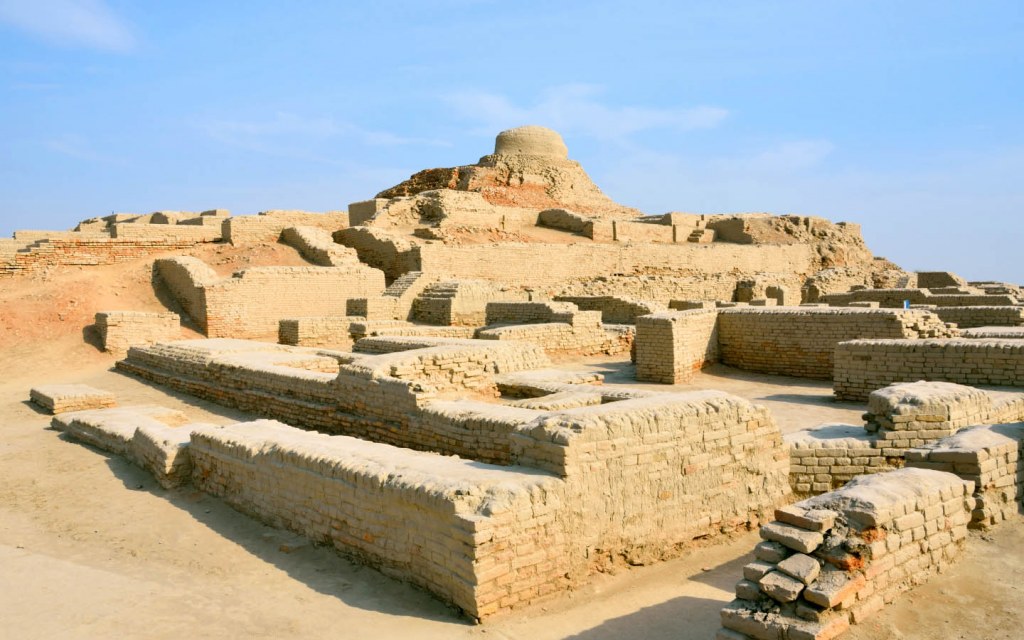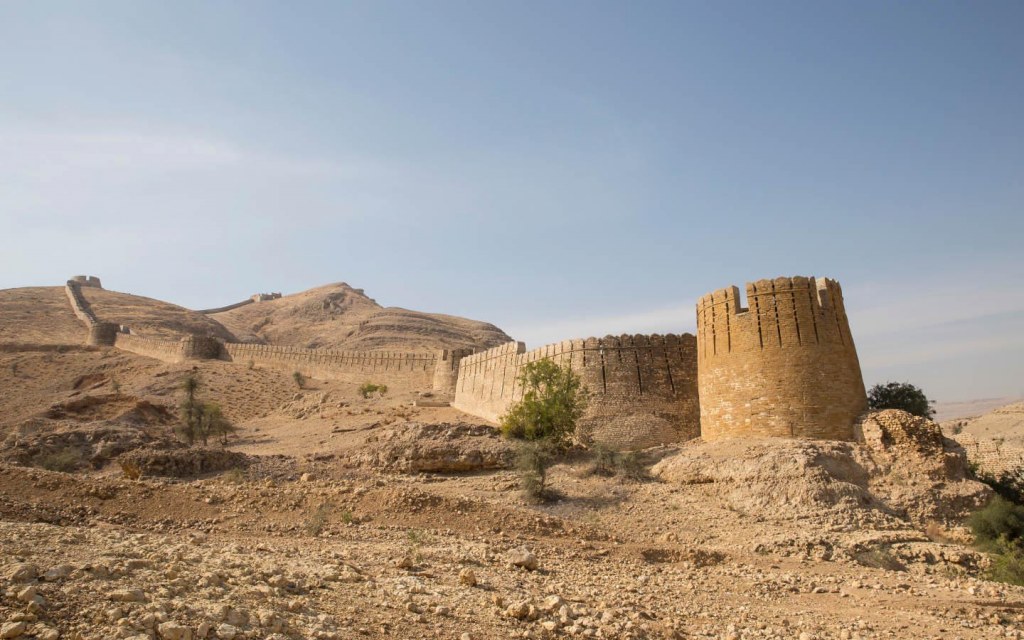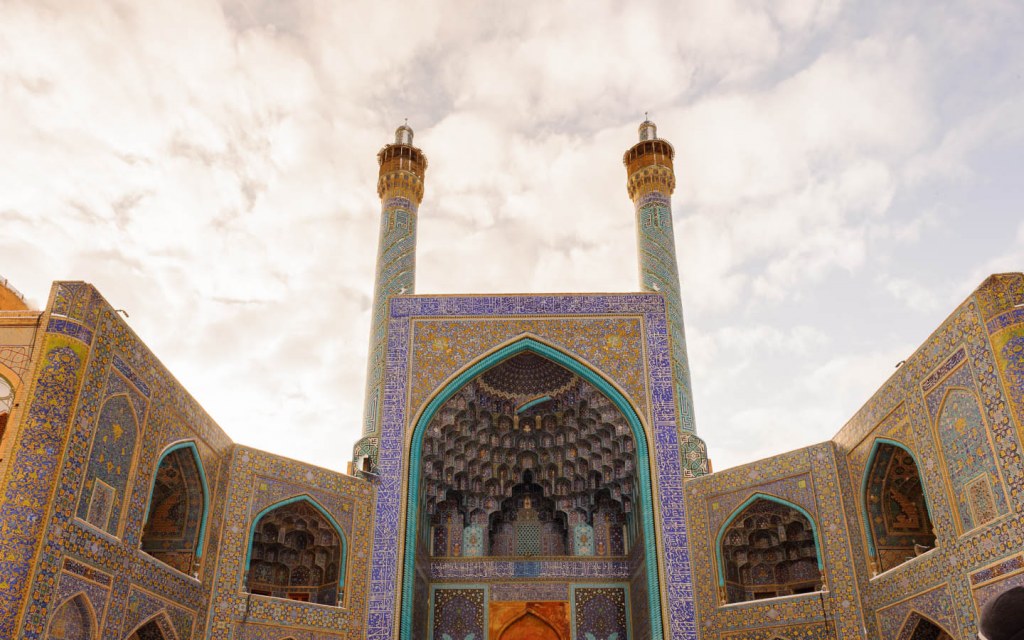Sindh was not always called by this name, in fact, it has been given several names over the course of its history. The name ‘Sindh’ derives from ‘Sindhu,’ which is a Sanskrit word used for describing the ocean or water in large quantity. This term was commonly used during the rule of Aryans but as the ancient Persians began to rule this land, they changed the name of the river to ‘Hindu.’
After the arrival of the Greek Empire, the name of this river was changed to ‘Indos River’. The ‘O’ in the name was replaced by ‘U,’ as it is now called the ‘Indus River’. All of these eras and times have left a lot of clues behind for us to study and find out more about our ancestors. One of the best ways to learn about the past is to visit historical sites. To help you with your ancient discoveries, we have prepared a list of some fascinating historical places in Sindh. So, here we go!
Moen Jo Daro

Moen Jo Daro is an archeological site located in Larkana District in the province of Sindh. It is only 17 kilometres away from the city of Thatta. It comprises many ancient ruins that reveal how people, who lived there thousands of years ago, had adopted architectural trends that were quite modern for that era. In fact, some historians believe Moen Jo Daro was probably the most advanced society of its time. Moen Jo Daro is a phrase of Sindhi language, which means ‘Mound of the dead’. It is an entire city that remained buried underneath the sand for centuries.
Banbhore
Another ancient city, dating back to the first century BC, is found in the Thatta District of Sindh. Banbhore is often referred to as an archeological paradise because it has a lot to offer in the field of architecture. Over the course of history, this place was home to Indo-Parthians, Indo-Scythians, Hindu-Buddhists and Muslims. Later in the thirteenth century when the Indus River changed its course and the city of Banbhore was ultimately abandoned and was never inhabited again.
Ranikot Fort

Our next historical destination is Ranikot Fort that takes us all the way to Jamshoro District. It is a very large fort having huge walls running around it. This place is almost thirty kilometres southwest of Sann, which is a small town and one of the most fascinating historical places to visit in Sindh. Ranikot Fort is often dubbed as the ‘Great Wall of Sindh’ as the total circumference of its wall is over 30 kilometres. It is still unknown why this fort was built in the first place, but it was reconstructed multiple times in different historical eras. However, archeologists believe that the present day structure of Ranikot Fort was reconstructed by the Talpurs in the 1700s after spending over a million rupees.
Chaukhandi Tombs
One of the most interesting funerary sites in the world is found around 30 kilometres east of Karachi. Spread over a large plane, Chaukhandi Necropolis is one of the most incredible historical places in Sindh having over dozens of tombs and graves built over almost three centuries. It is known as the family graveyard belonging to the Jokhio tribe who originally came from the region of Rajasthan in India. The architecture of every tomb erected in this age-old graveyard is extremely unique and each of them has skillfully carved designs on it that reflect the mastery of the artisans of the old times. Some tombs in Chaukhandi Necropolis contain single graves while others contain multiple, having as much as eight burial chambers in each of them.
Shah Jahan Mosque

The architecture style followed by Mughals during their reign in South Asia has always left the world spellbound. Speaking of Mughal architecture, it is obvious to mention the name of Shah Jahan Mosque. To visit this fascinating historical site, one has to make a trip to the city of Thatta. Shah Jahan Mosque, also known as Jamia Masjid of Thatta, was built by the Mughal emperor Shah Jahan as a gift to the local people for their hospitality. It is a beautifully constructed structure with elegant carvings and stunning design. The geometrical details of the architecture of the mosque are incredibly enchanting, making everyone feel captivated by its magical beauty.
Cultural Heritage of Sindh is Surely Fascinating
All these historical places in Sindh indicate towards the fact that this region has a rich cultural heritage. This land has seen many empires and reigns over the course of thousands of years, the proof of which can be seen in the form of historical remains found at many places. It’s important to mention here the one thing that facilitated, in fact, allowed these historical sites to thrive, was the Indus River. This river has nurtured vast expanses of land for thousands of years and, to this day, remains a crucial source of water (read: life) for millions of people.



